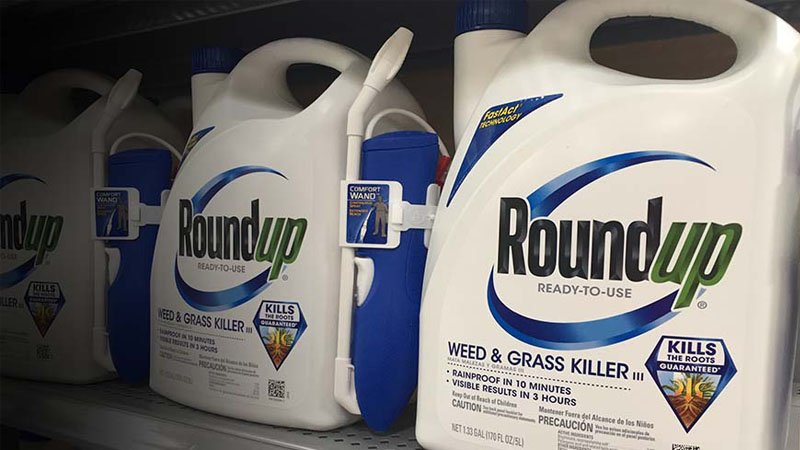
A plea to a federal agency to place the herbicide glyphosate on a watchlist and a class-action lawsuit against the maker of the world's most popular weed killer mark the next phase of the challenges facing Bayer.
Law firms in St. Louis and Kansas City on June 20 filed a class-action suit against Bayer for misleading advertising. The action seeks a refund for all Roundup purchases by Missouri residents, damages and court costs.
Bayer attorneys told the St. Louis Business Journal: “This complaint has no merit as the U.S. Environmental Protection Agency (EPA) has considered and approved the labels for our glyphosate-based herbicides based on their expert assessment of the extensive body of research and their conclusions that these herbicides can be used safely and that glyphosate is not carcinogenic.”
In another development, the Environmental Working Group, an activist group that “specializes in research and advocacy in the areas of agricultural subsidies, toxic chemicals, drinking water pollutants and corporate accountability,” has requested the Centers for Disease Control add glyphosate to its list of toxic chemicals, the group said.
Used on golf courses for renovations, rebuilds and restoration projects, glyphosate is the most popular weed killer used in agriculture, the group cited as evidence trace amounts of glyphosate found in many food crops and their by-products.
Some scientists have said, however, that the amounts are in such small amounts that they present no threat.
At the center of the glyphosate debate are conflicting reports by the World Health Organization and the EPA. In 2015, the WHO concluded that glyphosate was a "probable" carcinogen. The EPA, on the other hand, has said that there is no evidence indicating that glyphosate causes cancer based on the results of more than 800 tests and studies.
In the past year, juries have sided 3-0 with the WHO findings and ignored the scientific findings of the EPA, which has a specific scientific review process to determine labeling for every chemistry on the U.S. market.

